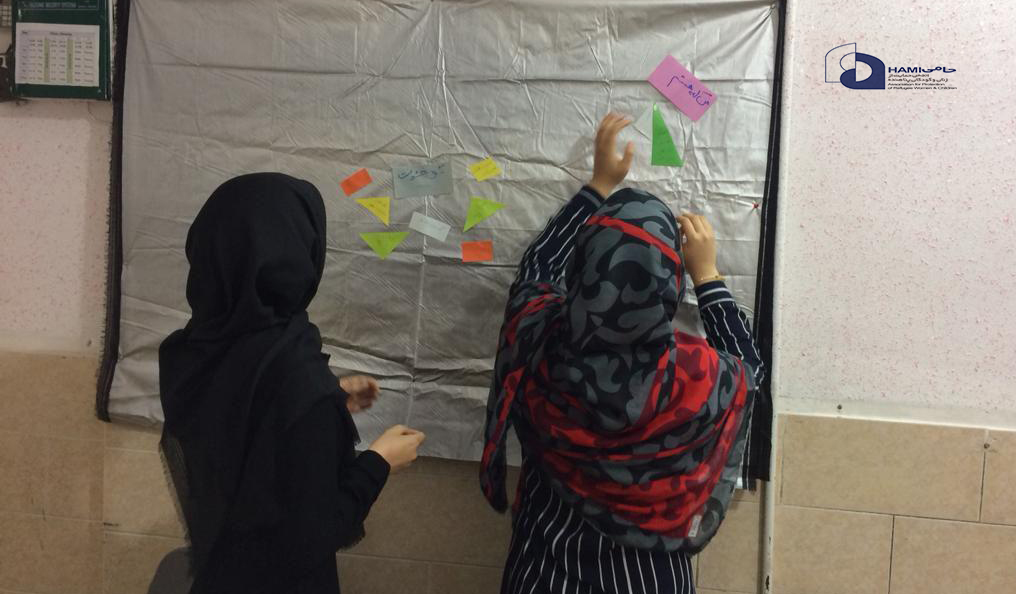Afghanistan was facing a convergence of crises even before the Taliban took power in August. A severe drought was withering crops, the socio-economic impacts of the COVID-19 pandemic had increased poverty and the country’s long-running conflict had left over 3 million Afghans internally displaced.
Now, Afghanistan is on the brink of what the UN Special Representative Deborah Lyons has described as “a humanitarian catastrophe”. The effects of an imploding economy are being felt across society, but those already forced from their homes by the conflict are particularly vulnerable.
Of some 668,000 Afghans displaced by fighting since the start of this year, some 50,000 fled to Kabul, the capital.
The city is located at an altitude of 1,800 metres and during winter temperatures here often dip to well below 0° Celsius at night. While some have returned to their home areas in recent weeks, others remain fearful or have no homes to return to.
Many will spend the cold winter months in makeshift shelters or crammed into unheated rented rooms, wondering how they will afford their next meal.
A displaced family of nine share a piece of bread for their midday meal. A combination of international sanctions, the freezing of Afghan government assets and the suspension of foreign aid has plunged Afghanistan into an economic crisis.
The drought and resulting poor harvest have worsened the situation, with food stocks predicted to run out by mid-winter. Soaring unemployment and food costs have pushed 22.8 million people, over half the country’s population of 40 million, into hunger.

